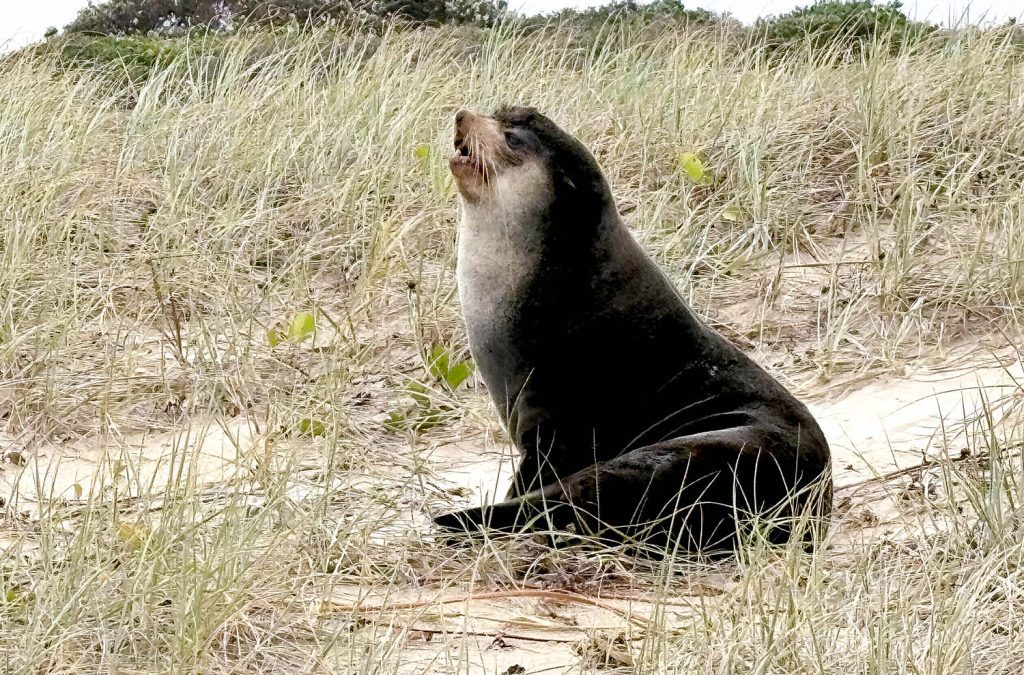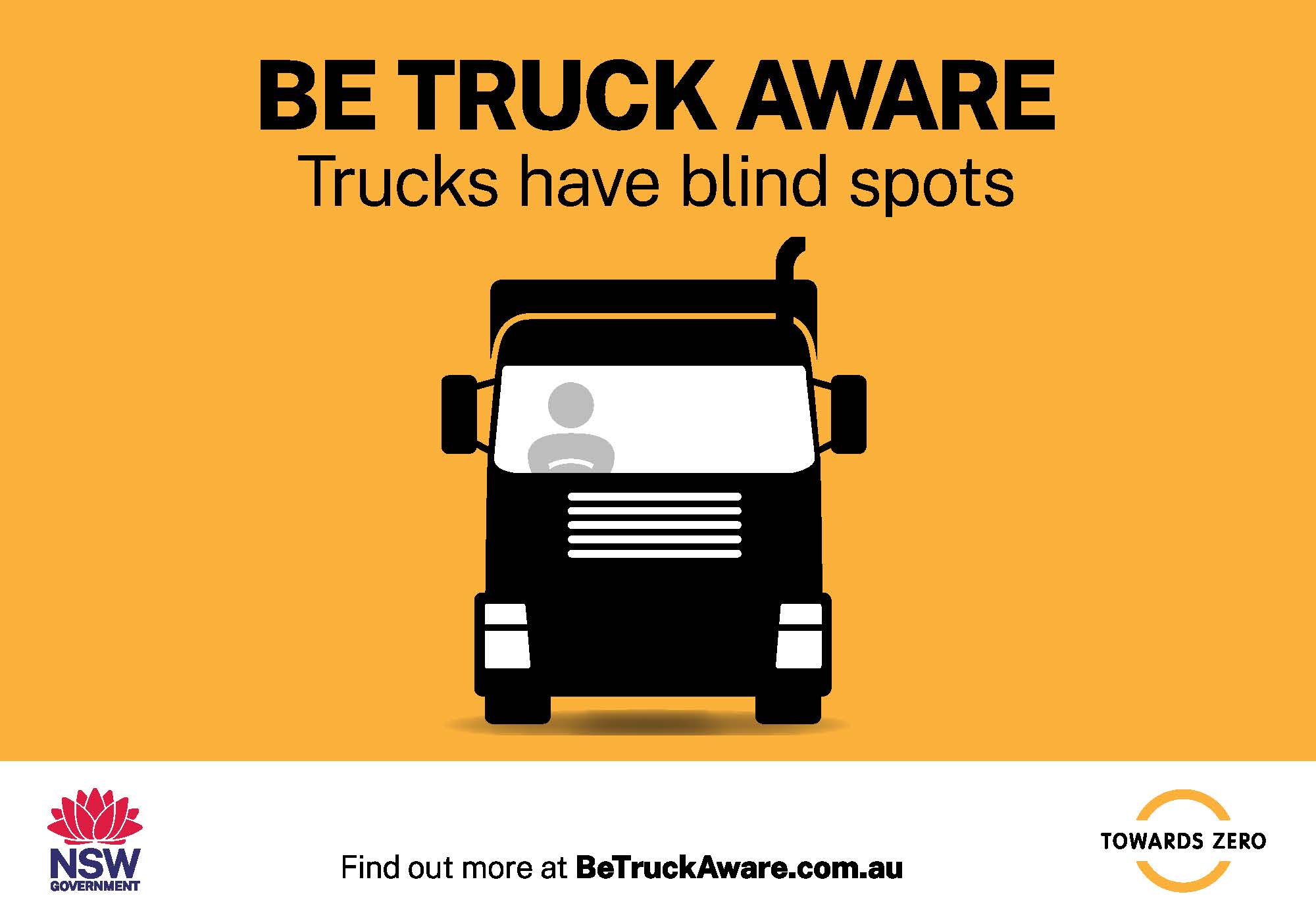
Susanna Freymark
Photographer Tim Marsden and his wife have only been in Evans Head for three months.
They moved from the Gold Coast to retire at the Thyme estate.
And they got lucky on their beach walk today, Tuesday, August 13, when they spotted a subantarctic fur seal resting on the beach. (IndyNR.com decided not to name the beach to protect the seal – ‘Our lips are sealed’).
“My wife looked up and we thought it was a kangaroo, but it was a seal,” Tim said.

They assumed it was taking cover from the strong easterly winds.
Tim snapped a pic on his mobile phone.
National Parks and Wildlife Service said the seal was a healthy subantarctic fur seal.
“There have been a number of this species reported on the north coast this season.
“Seals need to come ashore to rest and recuperate. It is possible this one is taking a break from the heavy seas.”
These seals are wild and people must keep at least 40 metres distance at all times, NPWS said.
“Pets should be kept on leash and at a distance.”
“It is important for people to appreciate that seal on a beach does not automatically mean it needs help. Seals often come ashore to rest and should be given space.”
The NPWS website has advice about distancing from seals.
Approach distances for seals are based on where the seal is located and if a pup is present. A seal is considered a pup if it is up to half the length of the adult.
If a seal comes towards you, you must move back to the minimum approach distance.

Approaching a seal when it is hauled out on land
Seals haul out to rest after foraging at sea.
If a seal feels threatened, it may show aggression by yawning, waving its front flipper or head, or calling out. Seals are very agile and can move fast on land, using all four limbs to run. When a seal is hauled out on the land you must keep at least:
40 metres away from the seal
80 metres from a seal pup
100 metres away from the seal for a drone and no hovering with the drone.
Approaching a seal when it is in the water
Seals are agile swimmers with strong flippers. When a seal is in the water you must keep at least:
10 metres away from the seal
80 metres from a seal pup
100 metres for a drone (see approaching from the air in whales, dolphins and dugong section).
If you are also in or on the water and a seal approaches you, stay calm and move away slowly. If bitten or scratched, seek immediate medical advice.
Seals can often have injuries that look quite alarming but will heal well without needing veterinary assistance.
If you are concerned call National Parks and Wildlife on 1300 072 757.

